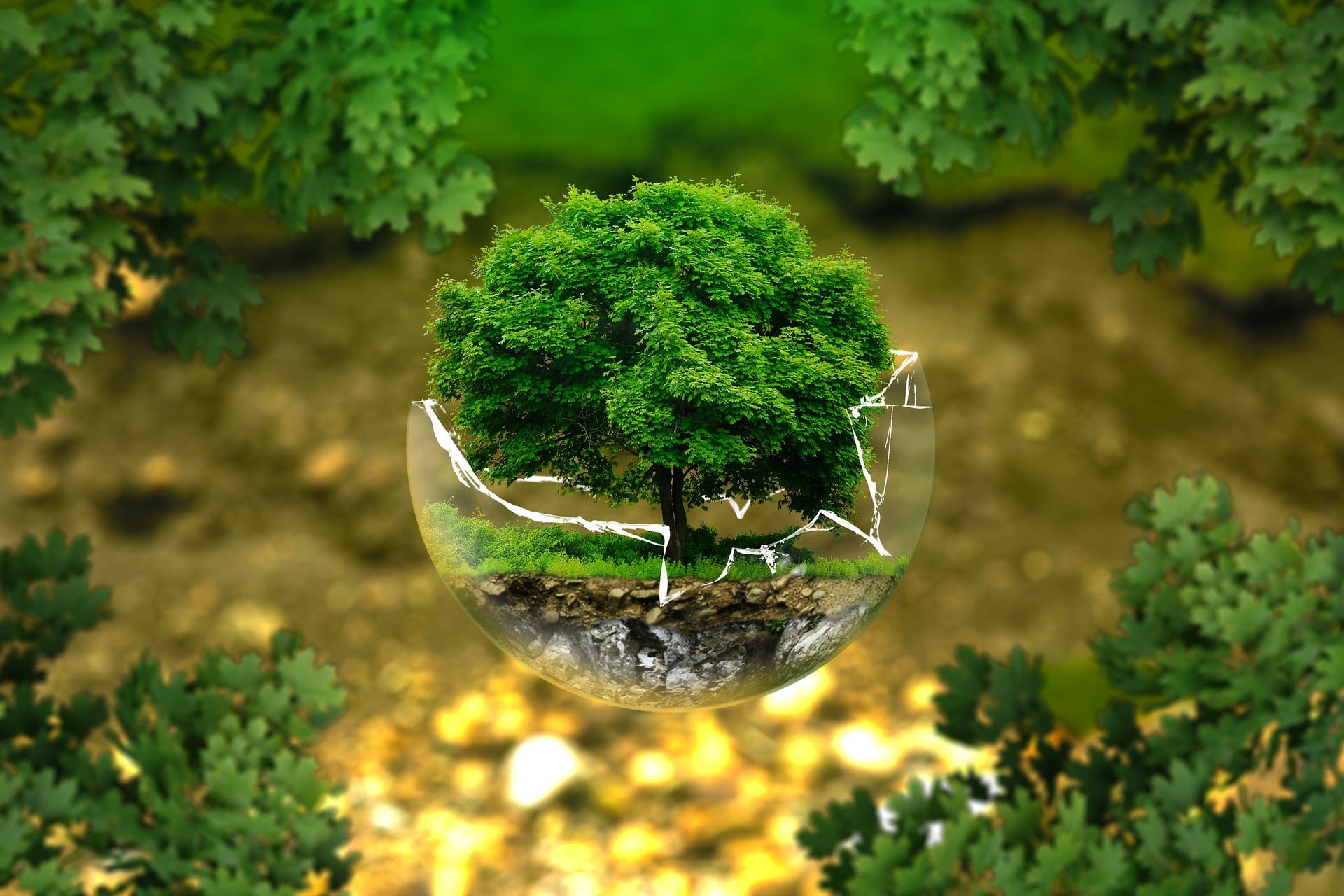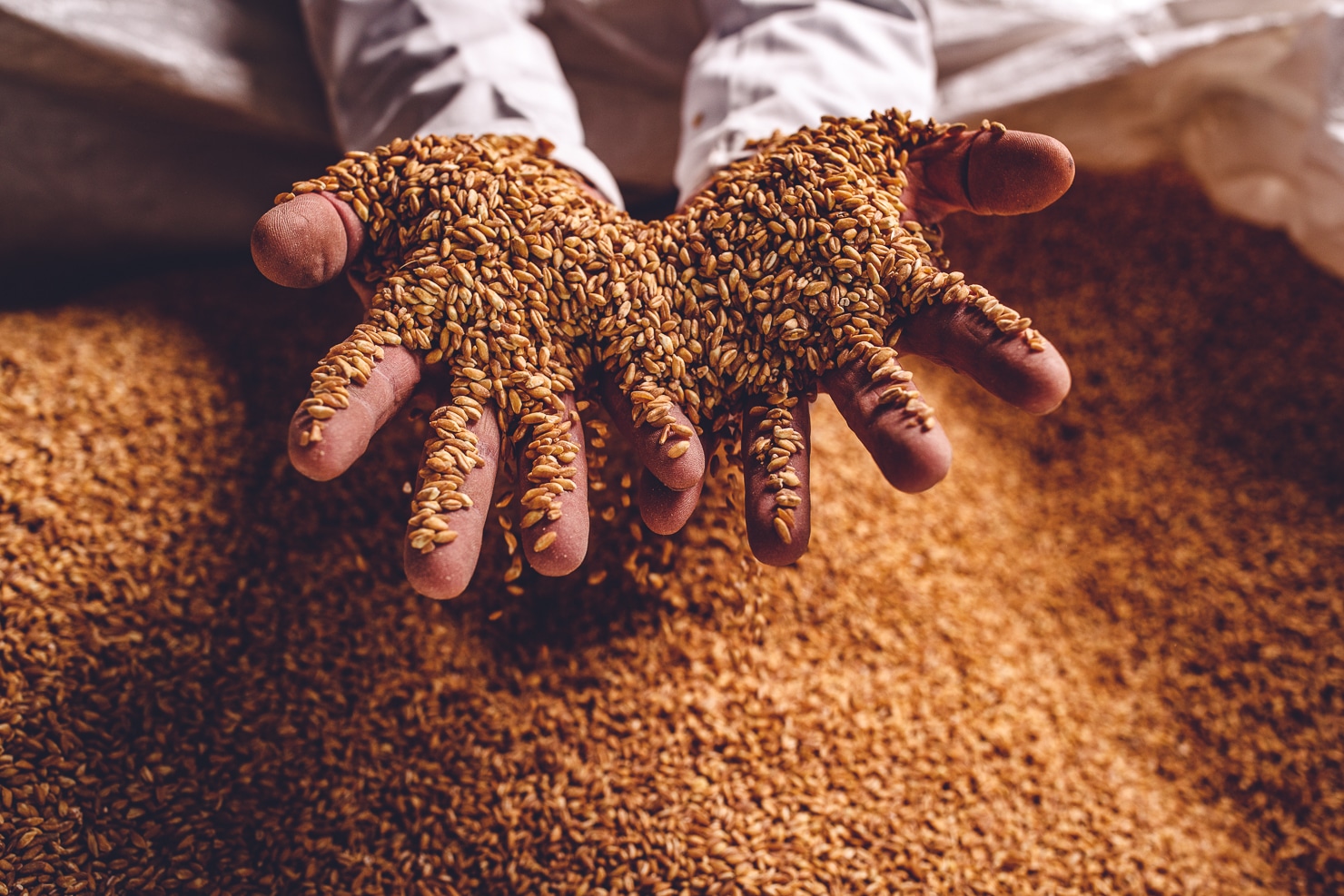TRACCIABILITÀ: PRIMO IMPERATIVO LUZI

La spesa degli italiani diventa sempre più tecnologica ed etica. La tracciabilità è considerata un fattore imprescindibile per valutare positivamente un prodotto all’interno delle svariate possibilità messe sullo scaffale dalla Grande distribuzione in ambito alimentare. Il consumatore è sempre più attento e deciso e, al netto di ciò che spende, vuole vedere corrispondersi due princìpi assoluti: sicurezza e salubrità dell’alimento
E sono proprio questi due fattori: salubrità e sicurezza del cibo a muovere l’asticella per la designazione della marca e dunque del prodotto alimentare favorito. Il 94,4 % dei connazionali, un dato di per sé molto rilevante, dirige le proprie abitudini all’acquisto attraverso le informazioni presenti sul packaging del prodotto: quante più precise ed eloquenti sono, tanto più ci si sente al riparo da incomprensioni, dubbi e fraintendimenti, certi di aver fatto l’acquisto giusto, certi di garantire una nutrizione sana a sé e alla propria famiglia.
Noi di LUZI rispettiamo i tempi della natura.
Gli italiani non si accontenta più dei soliti slogan commerciali. Ciò che vuoi – e che meriti – è cibo vero, buono, pulito, derivato da sistemi produttivi che rispettano l’ambiente in cui si vive e quello in cui si farà vivere. Noi di LUZI rispettiamo i tempi della natura, lunghi o brevi che siano, rispettiamo le stagioni, la biodiversità di ogni pianta che facciamo crescere, qui, principalmente sulle colline marchigiane, all’interno della nostra filiera controllata che si sviluppa su oltre 3000 ettari di terreni agricoli del Centro Italia.

La tracciabilità per il consumatore
La tracciabilità per il consumatore sta in questo: nel concetto stesso di origine, del territorio da cui parte, dove nasce e in chi lo fa nascere. Il cibo, per far bene veramente, e nutrire, non può passare da più mani e non può essere così lontano dal consumatore stesso. La lontananza presuppone l’utilizzo di conservanti chimici che aiutano il percorso, il suo tragitto per il mondo.
Seguire la cosiddetta polisuccessione o rotazione delle coltivazioni,
Il nostro biologico rispetta le tradizioni, non solo i luoghi da cui proviene. Pensiamo che esista una sorta di filo trasparente ma ineludibile che lega ciò che fa bene a noi a ciò che fa bene all’ambiente. All’interno della filiera LUZI i nostri agricoltori devono seguire la cosiddetta polisuccessione o rotazione delle coltivazioni, vale a dire che ogni cereale o legume coltivato e cresciuto dentro la nostra filiera è dato prima di ogni cosa dalla natura e dal rispetto che abbiamo di lei. In questo modo il terreno è più fertile e il raccolto protetto. Utilizziamo anche la consociazione tra biodiversità per permettere alle piantagioni di proteggersi vicendevolmente e in modo del tutto naturale.
È importante far conoscere al consumatore queste tracce del percorso produttivo. E più è virtuoso, meglio è. Per tutti noi, per l’ambiente in cui viviamo e per l’uomo che lo abita. Come è fondamentale che oggi ci si interessi sempre di più a questo aspetto, privilegiando di fatto alimenti che migliorano la nostra salute, il nostro benessere, facendo bene all’ambiente circostante.
Coltivazioni biologiche
Rintracciabilità e tracciabilità di un alimento vegetale derivato da coltivazioni biologiche stanno a confermare che quel prodotto non contiene additivi chimici, diserbanti, pesticidi e tutto ciò che è tossico non solo per l’ambiente, ma soprattutto per la salute umana.
Tutto ciò che proviene da coltivazioni intensive e convenzionali, tra i generi alimentari, presenta di fatto residui dannosi di tossicità, additivi chimici e pesticidi che a lungo andare creano gravi e croniche patologie. La coltivazione biodinamica non permette la proliferazione di interferenti endocrini che alterano la corretta funzione degli ormoni umani, non solo nei più piccoli ma addirittura nei feti. Prima ancora di pensare a questo, è l’esposizione ambientale il fattore davvero preoccupante. Gli alimenti derivati da processi di coltivazione biologica e biodinamica sono più ricchi di sostanze nutritive. Non utilizzando pesticidi e componenti chimici, liberano i flussi d’acqua da un inquinamento sempre più selvaggio e pericoloso.

